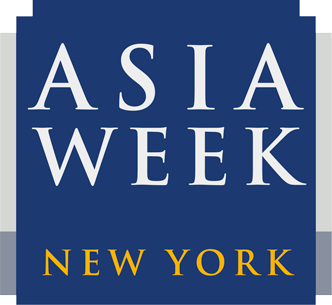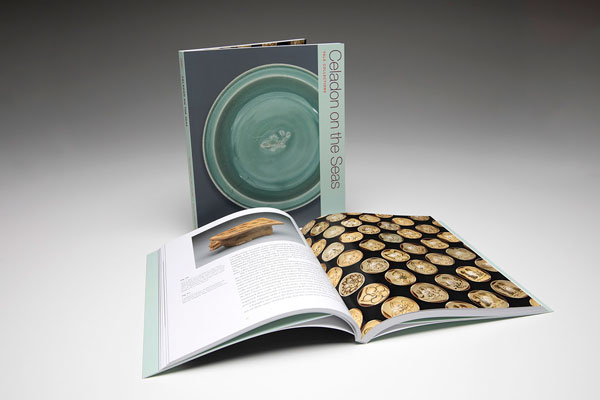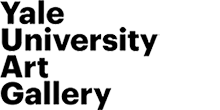NEWLY OPENED EXHIBITION
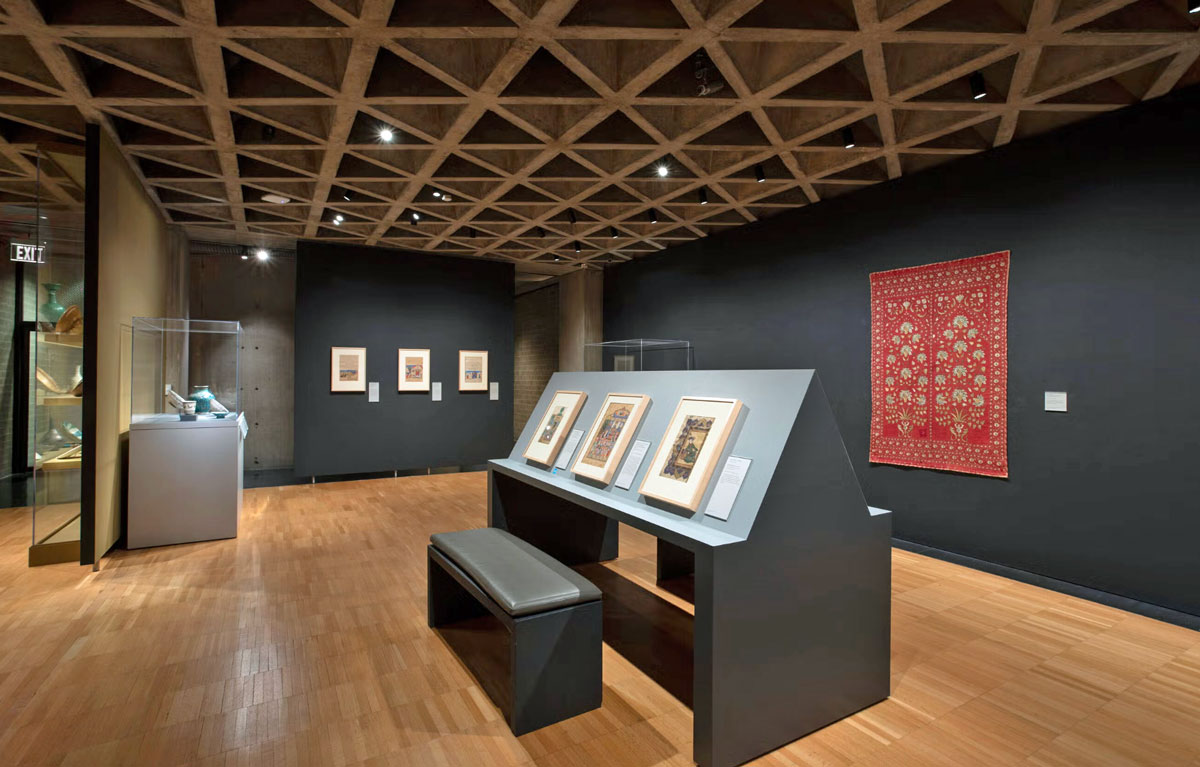
Installation view, Celebrated Moments and Cultivated Enjoyments in Asian Art
Celebrated Moments and Cultivated Enjoyments in Asian Art
June 12 – December 2025
The artworks in the current Asian installation showcase the influence of the literary world on the visual arts.
The works on paper from South and West Asia depict celebrated moments—devotional, historical, and literary—from well-known tales of gods and kings. Some of the Indian paintings highlight playful interactions between the Hindu god Krishna and his beloved, Radha, recounted in the Song of Govind. Other works, from Iran and Afghanistan, depict historical Persian kings, whose lives and exploits are recorded in the 11th-century Book of Kings and the 15th-century Compendium of Histories.
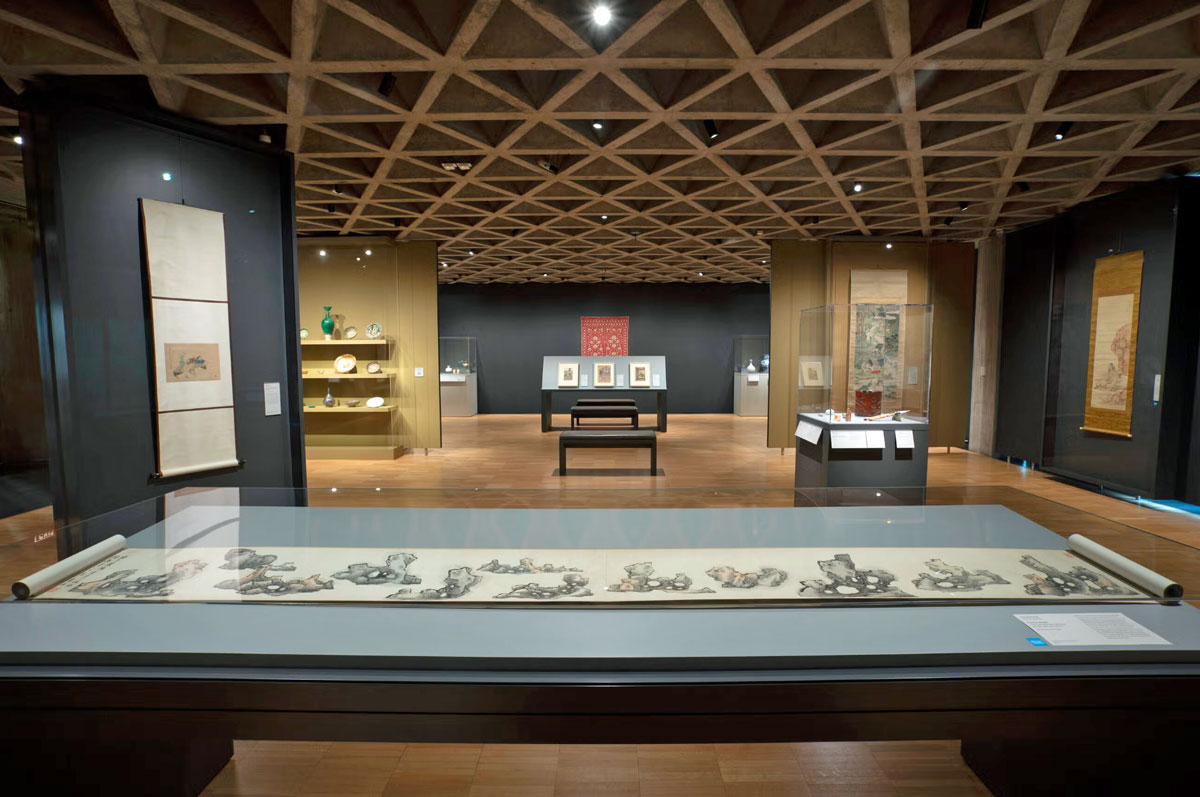
Installation view, Celebrated Moments and Cultivated Enjoyments in Asian Art
The selection of Chinese, Japanese, and Korean paintings reveal the influential role played by highly educated bureaucrats and their taste for cultivated enjoyments throughout the artistic traditions of East Asia. These gentlemen-scholars were trained in the Confucian classics as well as literature and the arts. On display are imagined portraits of famous historical figures, scholar’s rocks, and other cherished implements along with representations of these items.
This installation includes recent acquisitions to the Gallery. It is on view on the museum’s second floor until early December 2025.
To browse these fascinating works on view, click here.
Special Publication Promotion
To celebrate this season’s Asia Week, we are offering a special promotion on our recently released title Celadon on the Seas: Chinese Ceramics from the 9th to the 14th Century. Beautifully illustrated and engagingly written, this publication explores the development of the southern Chinese ceramic industry from the ninth to the fourteenth century. Drawing on our Collection, it examines the artistic, historical, and technical aspects of dozens of ceramic objects, offering an overview of the industry and its unique relationship to maritime trade.
To learn more and purchase your copy, click here.
Indian and Iranian Paintings: Selections from the Permanent Collection
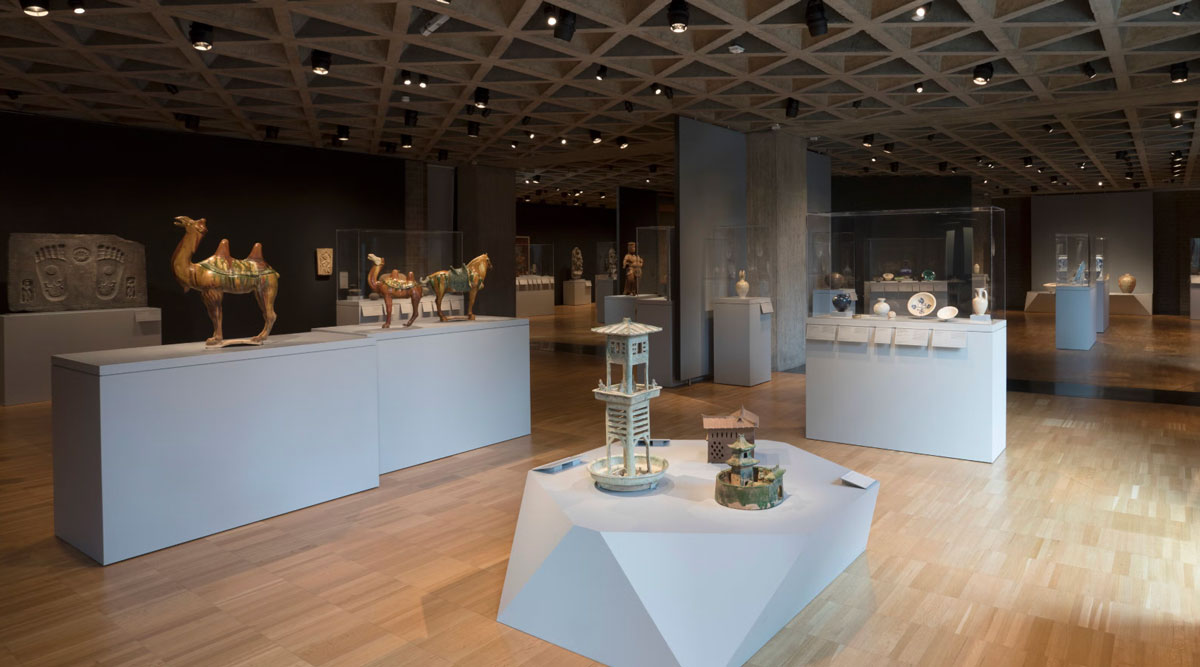
Installation view, Asian Art Galleries
The Asian art collection of nearly 8,000 works—from East Asia, South Asia, continental Southeast Asia, Iran, Iraq, and Turkey—spans the Neolithic period to the 21st century.
The South Asian and Islamic collections were founded by the gifts of Mrs. Moore and are represented by an excellent group of textiles, ceramics, miniature paintings, and manuscript pages. Gifts of over 80 Persian and Indian miniature paintings, and others of Indian sculpture, have greatly augmented the holdings of Iranian and Indian art.
The Gallery’s Chinese and Japanese collections were built initially through the gifts and bequest of Mrs. William H. Moore between 1937 and 1960. The greatest strengths of the Chinese holdings are ceramics and paintings, including a group of vessels from the Changsha region of Hunan Province, from around 500 B.C.E. to 1000 C.E., assembled for the most part by John Hadley Cox, B.A. 1935. Chinese paintings range from the Tang dynasty (618–907 C.E.) through the 20th century, with particular strengths in the 17th century and in the modern and contemporary period.
The Japanese collection has important concentrations in the arts of the Edo period (1615–1868). Approximately 1,200 prints, the majority of which are ukiyo-e prints of the 18th and 19th centuries, demonstrate the breadth of this medium, and recent additions have included a group of 20th-century prints. Several important screens and hanging scrolls of the 14th through 18th century highlight the department’s holdings of Japanese painting and calligraphy, while Japanese textiles are represented by fragments from the Shōsōin repository in Nara, Noh robes, kimonos, and a collection of Buddhist priests’ robes. Japanese ceramics, a growing area of the collection, span from the Neolithic period to the presend day, with important recent additions of contemporary ceramic sculpture.
To view highlights in the collection, watch videos and view publications, click here.
